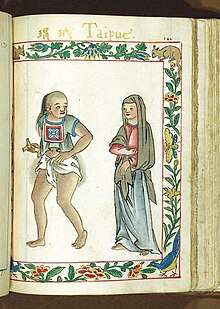

Caboloan
Luyag na Kaboloan
| |||||||||
|---|---|---|---|---|---|---|---|---|---|
| Before 1225–1576 | |||||||||
| Status | Tributary state to the Ming dynasty | ||||||||
| Capital | Binalatongan (present-day San Carlos) | ||||||||
| Common languages | Pangasinan, Old Malay, other Northern Luzon languages | ||||||||
| Religion | Buddhism, Hinduism, Animism and folk religion | ||||||||
| Government | Monarchy | ||||||||
| History | |||||||||
• Established | Before 1225 | ||||||||
• Spanish conquest of Pangasinan | 1576 | ||||||||
| Currency | Silver, barter | ||||||||
| |||||||||
| Today part of | Philippines | ||||||||
| Caboloan | |||||||||||
|---|---|---|---|---|---|---|---|---|---|---|---|
| Traditional Chinese | 馮嘉施蘭 | ||||||||||
| Simplified Chinese | 冯嘉施兰 | ||||||||||
| |||||||||||
| Part of a series on the |
| Pre-colonial history of the Philippines |
|---|
 |
|
|
|
Key figures |
|
Primary sources and artifacts |
|
By topic |
| See also: History of the Philippines |
|
|

Caboloan (also spelled Kaboloan; Pangasinan: Luyag na Caboloan),[1] referred to in Chinese records as Feng-chia-hsi-lan (simplified Chinese: 冯嘉施兰; traditional Chinese: 馮嘉施蘭; pinyin: Féngjiāshīlán; Pe̍h-ōe-jī: Pâng-ka-si-lân; "Pangasinan"),[2] was a sovereign pre-colonial Philippine polity (panarian) located in the Agno River basin and delta, with Binalatongan as the capital.[3]
Places in the present-day province of Pangasinan like Lingayen Gulf were mentioned as early as 1225, when Lingayen, then known as Li-ying-tung, was listed in Chao Ju-kua's Chu Fan Chih (an account of the various barbarians) as one of the trading places along with Ma-i.[4] Caboloan sent emissaries to China in 1406–1411.[2] The emissaries reported three successive paramount leaders of Caboloan to the Chinese: Kamayin on September 23, 1406, Taymey ("Tortoise Shell"), and Liyli in 1408 and 1409, and on December 11, 1411, the emperor tendered the Pangasinan party a state banquet.[5]
In the 16th century, the Spanish referred to the port settlement of Agoo[6] as the "Port of Japan".[7] The locals wore apparel typical of other maritime Southeast Asian ethnic groups in addition to Japanese and Chinese silks. Even common people were clad in Chinese and Japanese cotton garments. They also blackened their teeth and were disgusted by the white teeth of foreigners, which were likened to that of animals. They used porcelain jars typical of Japanese and Chinese households. Japanese-style gunpowder weapons were also encountered in naval battles in the area.[8] In exchange for these goods, traders from all over Asia would come to trade primarily for gold and slaves but also for deerskins, civets and other local products. Other than a notably more extensive trade network with Japan and China, they were culturally similar to other Luzon groups to the south, especially the Kapampangans and they are neighbors to the Ilocanos too.
Limahong, a Chinese corsair and warlord, briefly invaded the polity after his failure in the Battle of Manila (1574). He then set up an enclave of wokou (Japanese and Chinese pirates) in Pangasinan. Nevertheless, the Mexico-born Juan de Salcedo and his force of Tagalog, Visayan, and Latino soldiers assaulted and destroyed the pirate kingdom and then incorporated the Pangasinan people and their polity into the Spanish East Indies of the Spanish Empire.